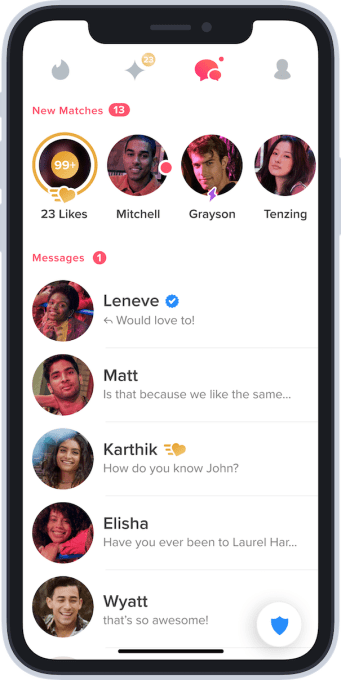We are T-minus one week until TC Sessions: Space 2020 lifts off on December 16-17. Join the global space community’s leading experts, brightest visionaries and rising stars for two days dedicated to space technology and exploration — and the opportunities they offer.
Speaking of opportunity, you don’t want to miss our University Showcase sessions featuring the latest research from top universities, hosted by The Aerospace Corporation. Hold up now, what’s that? You don’t have a pass yet? Don’t fret, simply buy a late registration ticket or take advantage of our discounts for groups, students and active military/government employees. Want even more visibility? Get a Space Startup Exhibitor Package and gain global exposure for your business.
Okay, back to the University Showcase sessions. Up until now, space exploration and technology has always been tied to orbiting, observing and reporting back to earth. But it’s time to take on a new, expanded commitment — to boldly go into space — and stay there, i.e. space exploration, commerce and habitation. It means moving humans beyond planet Earth and out into the solar system. That requires bold people building new technology and forging the next generation of space capabilities. Talk about a galactic-sized goal.
The University Showcase sessions — in two parts, one on each day of the conference — will feature scientists and academics from USC, MIT, UCLA, ASU and Caltech, Aerospace Corporation’s partners, sharing insights on their space research and highlighting a range of emerging space technologies.
Through partnership with the Aerospace Corporation, emerging capabilities — in communication, navigation and space exploration — can be evaluated and integrated into government missions with NASA, NOAA and the Air Force.
As always, TechCrunch delivers the top experts, and this University Showcase sessions are no exception. Over the course of the two sessions, you’ll hear from Randy Villahermosa (General Manager & Executive Director of Innovation, The Aerospace Corporation), Dr. Richard Linares (Co-Director, Space Systems Lab, MIT), David A Barnhart (Director, Space Engineering Research Center; Research Professor, USC), Kerri Cahoy (Associate Professor, Aeronautics & Astronautics, MIT), Bethany Ehlmann (Professor of Planetary Science, Caltech – Lunar Trailblazer Mission), Craig Hardgrove, (Assistant Professor, School of Earth and Space Exploration, Arizona State University) and Dr. James M. Weygand (Space Physicist, Department of Earth, Planetary & Space Science, UCLA).
Click here to learn more about our university partners, their specific areas of expertise and the emerging technologies they will discuss.
TC Sessions: Space 2020 promises two days of connection, education, inspiration and lots of opportunity. Don’t have a pass? Get yours right here. Join other bold visionaries, check the program-packed agenda and plan your schedule now.
Is your company interested in sponsoring TC Sessions: Space 2020? Click here to talk with us about available opportunities.

